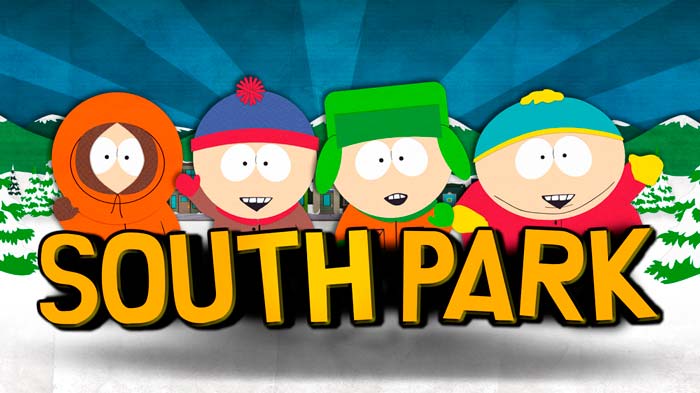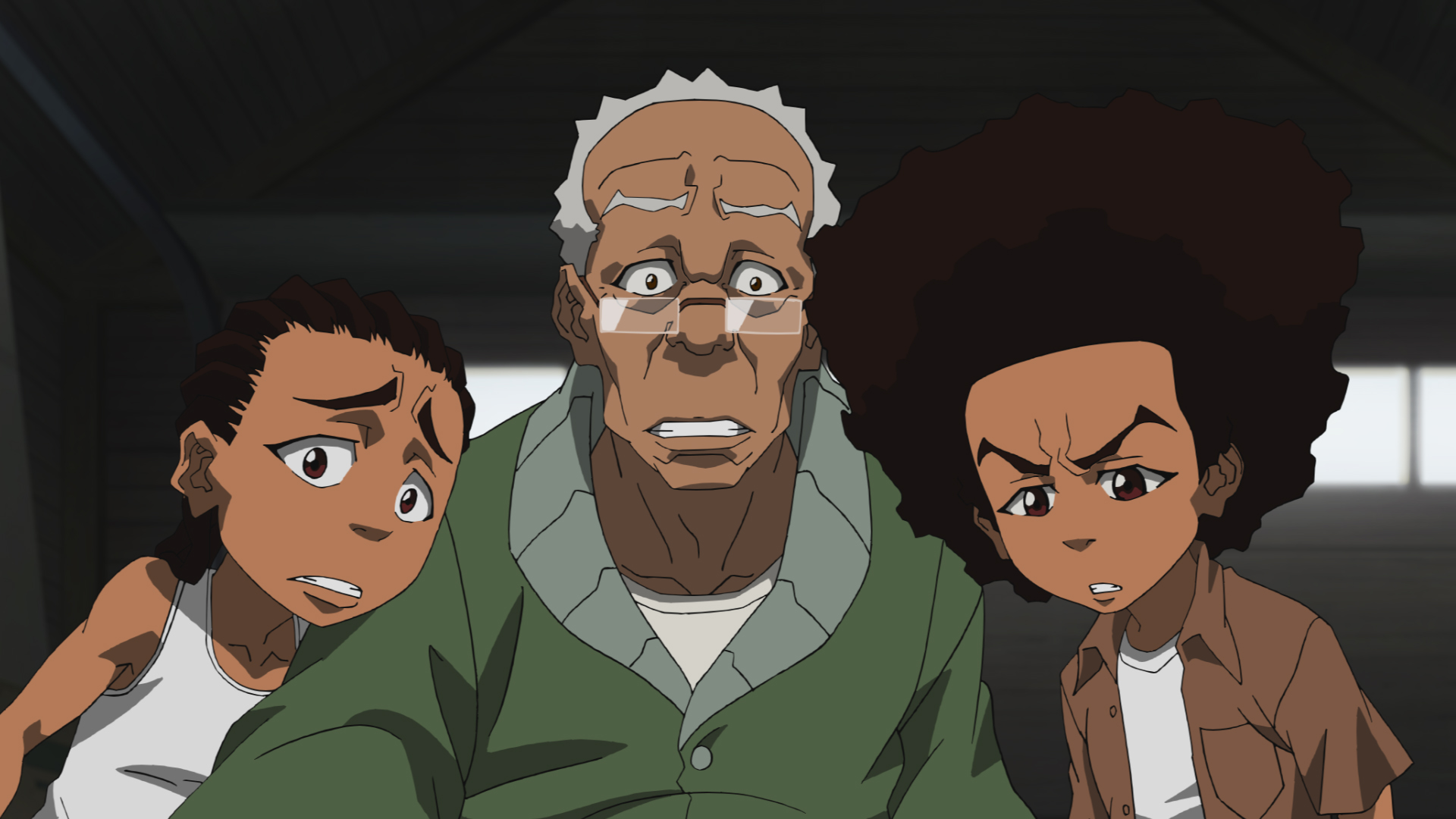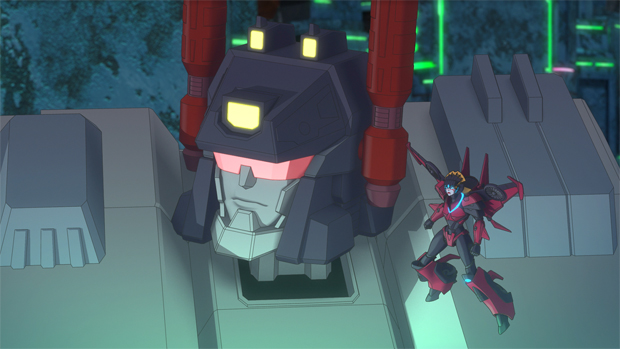English Dub Season Review: Shangri-La Frontier Season Two
Ever since Rakurou “Sunraku” Hizutome started to play the extremely popular virtual reality game Shangri-La Frontier (SLF), he has truly fallen in love with it. Sunraku has quickly made a big name for himself by fighting two of the seven unique, nearly unbeatable monsters, which is unthinkable for most players. To progress the game’s story, he sets out on an adventure with his leporine guide, Emul, to acquire a magic operation unit from an ancient workshop. Though Sunraku breezes through this quest alongside his clanmates Towa “Arthur Pencilgon” Amane and Kei “OiKatzo” Uomi, there seems to be an ulterior motive as to why the two of them decided to help Sunraku in the first place. Nevertheless, Sunraku gains valuable knowledge and allies, critical for his advancement in the game. By seeking out powerful enemies and unraveling the inner workings of the game’s world, Sunraku may just change Shangri-La Frontier forever!
On the technical side, the second season of Shangri-La Frontier continues with the same core creative team from the first season. C2C remains the animation studio, with Toshiyuki Kubooka returning as director and Kazuyuki Fudeyasu once again handling series composition. Ayumi Kurashima reprises her role as character designer, while the music is composed by Ryūichi Takada, Kuniyuki Takahashi, and Keiichi Hirokawa of MONACA, maintaining the musical style established previously. Season 2’s opening theme song is “Queen” performed by LiSA, while the ending theme song is “Anya no Dancer: Dancer in the Dark Night” performed by Otoha. While the 2nd half’s opening theme is “Frontiers” by Awich, and the ending theme is “RealitYhurts” by CVLTE.
Season 2 picks up immediately after Sunraku triumphed over Weathermon the Tombguard, thrusting us back into the heart of Shangri-La Frontier’s vast VRMMO world. If Season 1 felt like being dropped into a meticulously crafted game universe—complete with unique classes, deadly bosses, and side-quest diversions—Season 2 doubles down on that immersion. Our protagonist, Sunraku, and his band of fellow players continue to exploit every mechanic, from crafting secret Inventoria to mastering “trash games” that grant unexpected advantages. The narrative remains refreshingly gamer-centric: challenges are framed as puzzles to be solved, bosses are obstacles to strategize around, and leveling up is the ultimate reward.
One of the standout elements of this season is the continuing focus on Sunraku’s development as both a character and a gamer. Now wielding more powerful weapons and an inventory full of overpowered items, he can easily navigate through most battles without much struggle. This shift makes some of the earlier, more creative strategies feel less necessary, as Sunraku can often bypass difficulties with ease. While this progression makes sense within the game’s structure, it somewhat diminishes the excitement of his earlier, more inventive victories. The addition of strategic discussions and lengthy in-game monologues on mechanics also contributes to the slower pace and increases the exposition-heavy nature of the narrative.
The introduction of other games outside the titular game, along with newly introduced characters with unique backstories, is a double-edged sword. While this deep dive into other games and player motivations provides a richer understanding of the world and its characters, it occasionally detracts from the main story. The inclusion of mecha and fighting games feels out of place at times, unintentionally killing the immersive of the SLF world. However, these diversions offer insight into the broader scope of the game universe, providing a nice break from the main story and expanding the worldbuilding. The narrative also suffers in small doses by shifting between multiple storylines, sometimes making it hard to stay invested in the central plot, but they also bring fresh characters and dynamics that sometimes keep things compelling.
Animation and music are strong in Season 2, though there are some noticeable dips in quality. While the action scenes remain fluid and visually stunning, the series suffers from some poorly executed CGI, especially when transitioning between different game genres. The mecha game, in particular, suffers from weak animation, and even within SLF, some characters and special effects lack the polish seen in the first season. The soundtrack is still effective, though not as prominent as before. The opening and ending songs in this season vary in quality, with some tracks feeling more fitting than others, but the music was serviceable for what it delivered.
Overall, SLF Season 2 is a mixed experience. While it still delivers on its promise of unique video game-based storytelling and dynamic action, the slower pacing, increased exposition, and occasional shifts to unrelated game worlds detract from the enjoyment. The series continues to offer excellent worldbuilding, and despite the season finale’s ending leaving more to be desired, the third season was already announced; we can only hope that the series can return to its original pacing and energy. Nonetheless, Shangri-La Frontier continues to stand as a strong contender in the video game anime genre, even if it randomly stumbles from time to time.

























"There are also other characters that come and go (also owned by the Warner Bros. Discovery conglomerate media company)."
Huh. Is that just referring to other characters from the show itself, or is this implying that the new season is going to have cameos from other WBD IPs